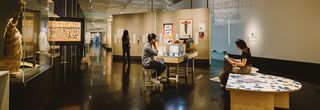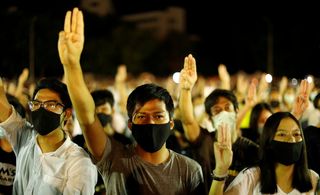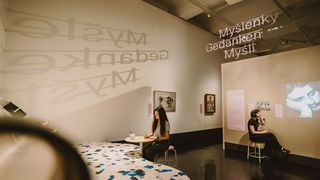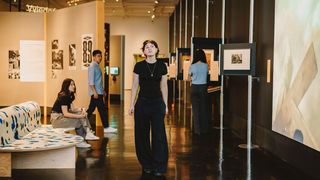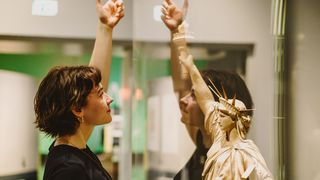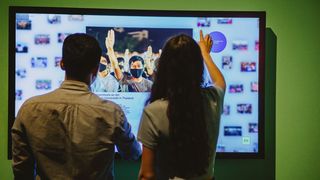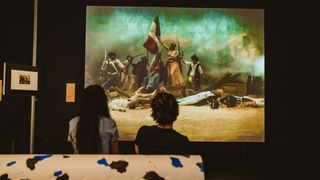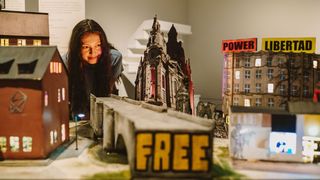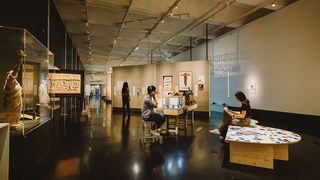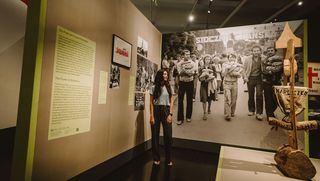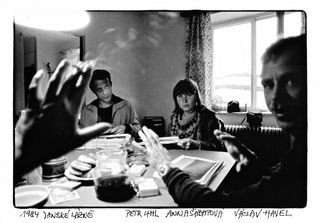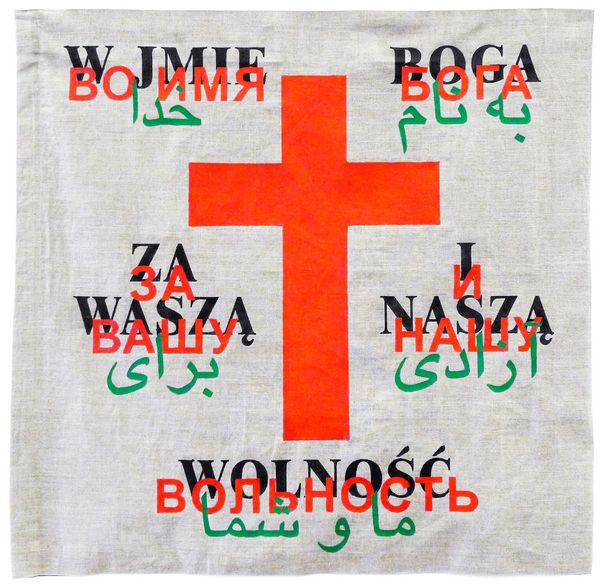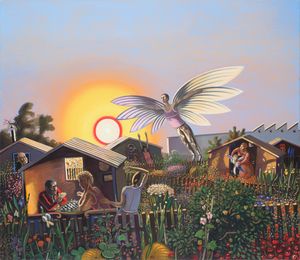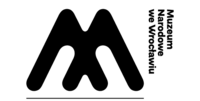FREEDOM IN TODAY’S WORLD – AN EMBATTLED IDEA
While people in authoritarian states are fighting for basic freedoms, democracies are debating what freedom even means: was it justified to restrict individual freedoms during the pandemic? Can climate policies dictate which heating systems or cars a person uses? Is a free society compatible with closed borders? Does self-interest take precedence over the common good – or is it the other way around?
In these debates, the term “freedom” is often invoked for opposing agendas. Even the seemingly unambiguous demands made by historical freedom movements, as well as the symbols they used, are now being appropriated by right-wing populist groups radically opposed to a free, liberal society.
To gain a better understanding of this convoluted conflict, the exhibition first looks to the past. Beginning with the quest for liberation in the major revolutions since the 18th century, the exhibition tells freedom’s unfinished story. Central to this narrative are the dissident movements in Poland, Czechoslovakia, and East Germany before and after 1989. How were they similar? How did they differ? And how do their ideals of freedom continue to resonate with us today?
An exhibition by the Deutsches Hygiene-Museum in cooperation with the European Solidarity Centre, Gdańsk, the National Gallery Prague and the National Museum, Wroclaw
Patronage
The Federal Government Commissioner for Culture and the Media
Funded by
The Federal Government Commissioner for Culture and the Media
Karin and Uwe Hollweg Foundation
Curatorial Team
Dr Viktoria Krason, Philipp Bürger, Kathrin Haase, Laura Schmidt, Bettina Beer
Exhibition Design
Kooperative für Darstellungspolitik, Berlin
Distaff Studio, Berlin
